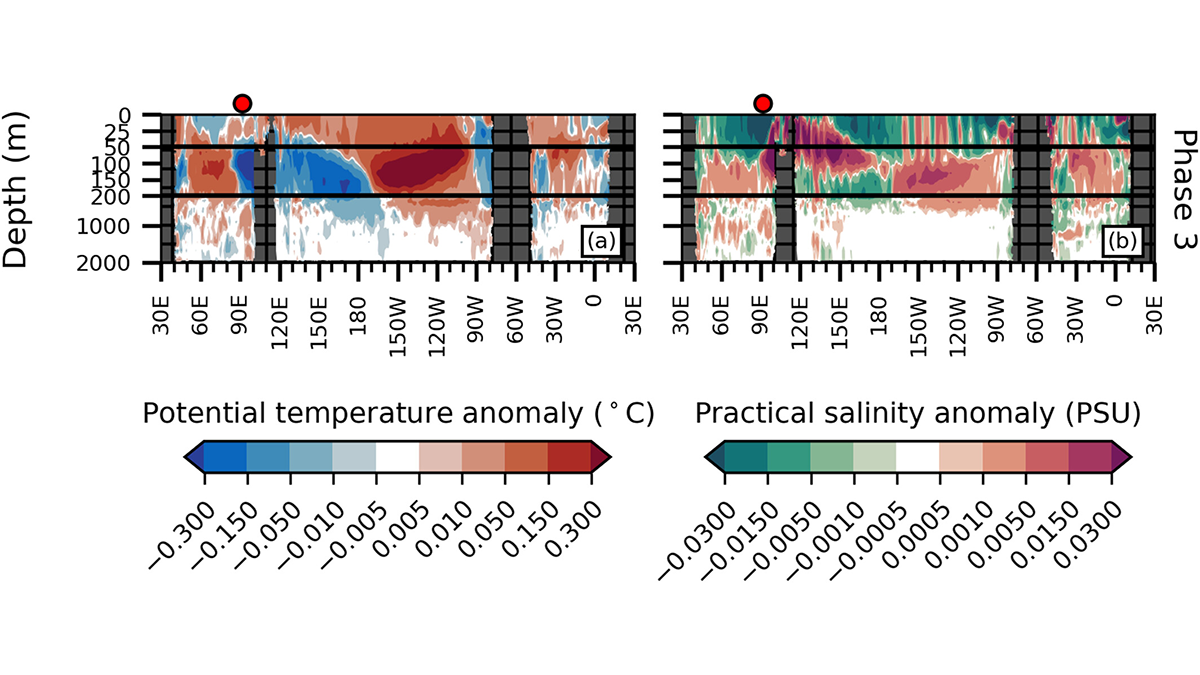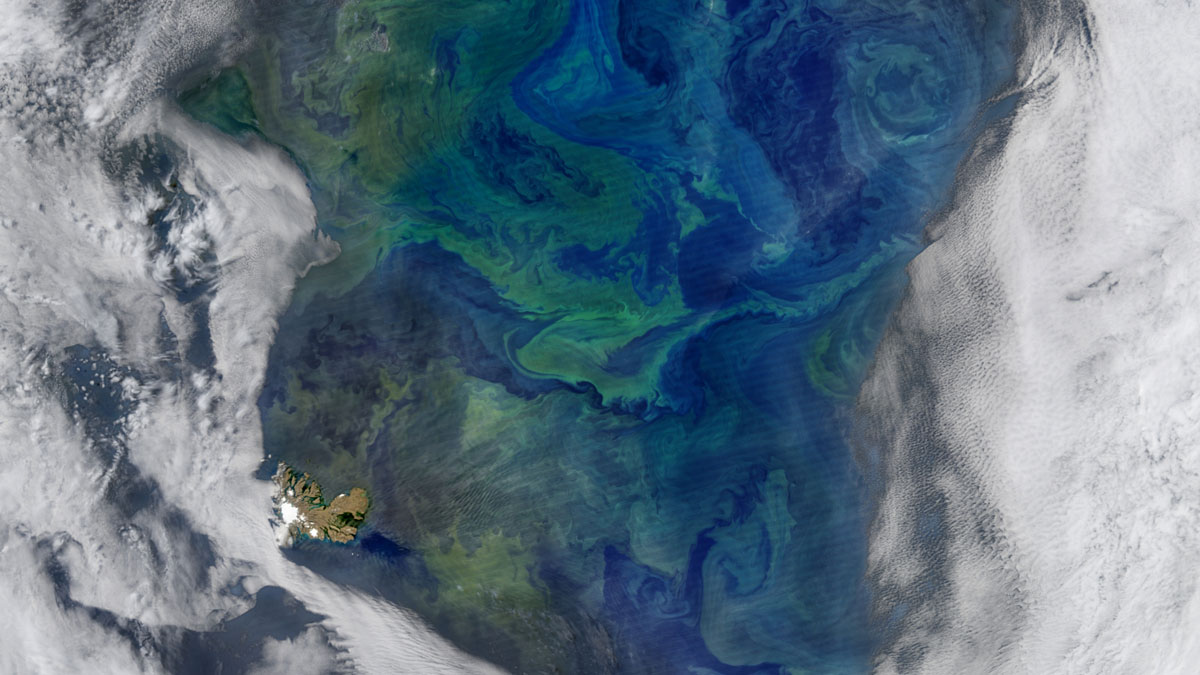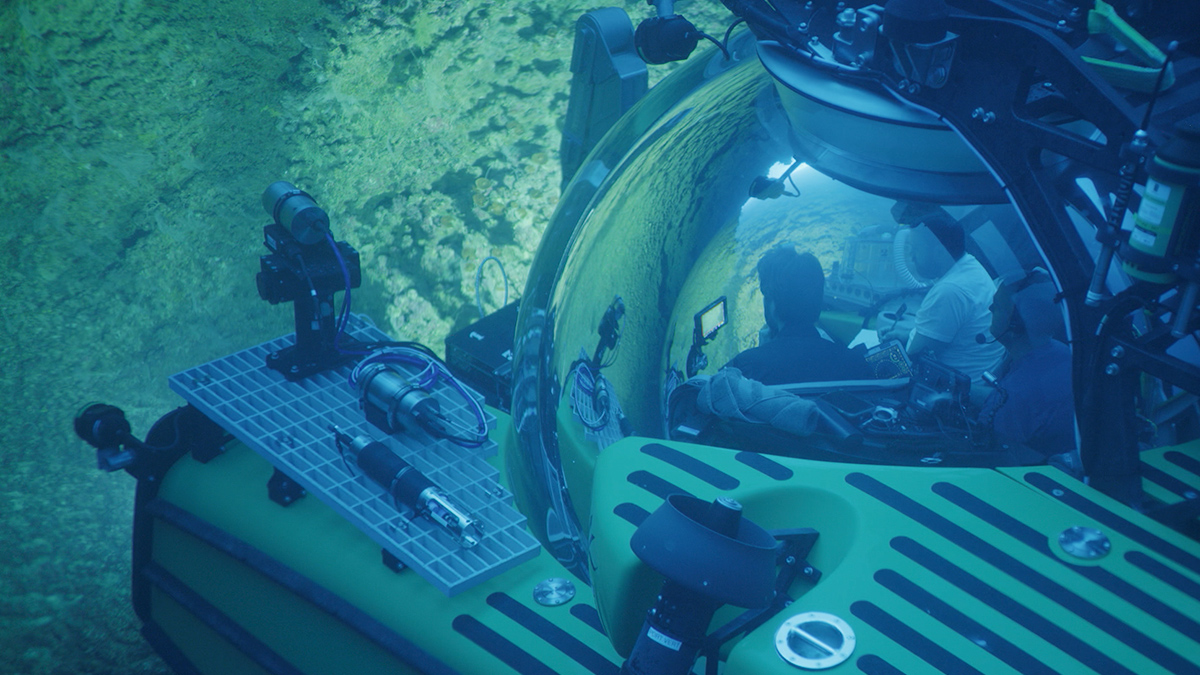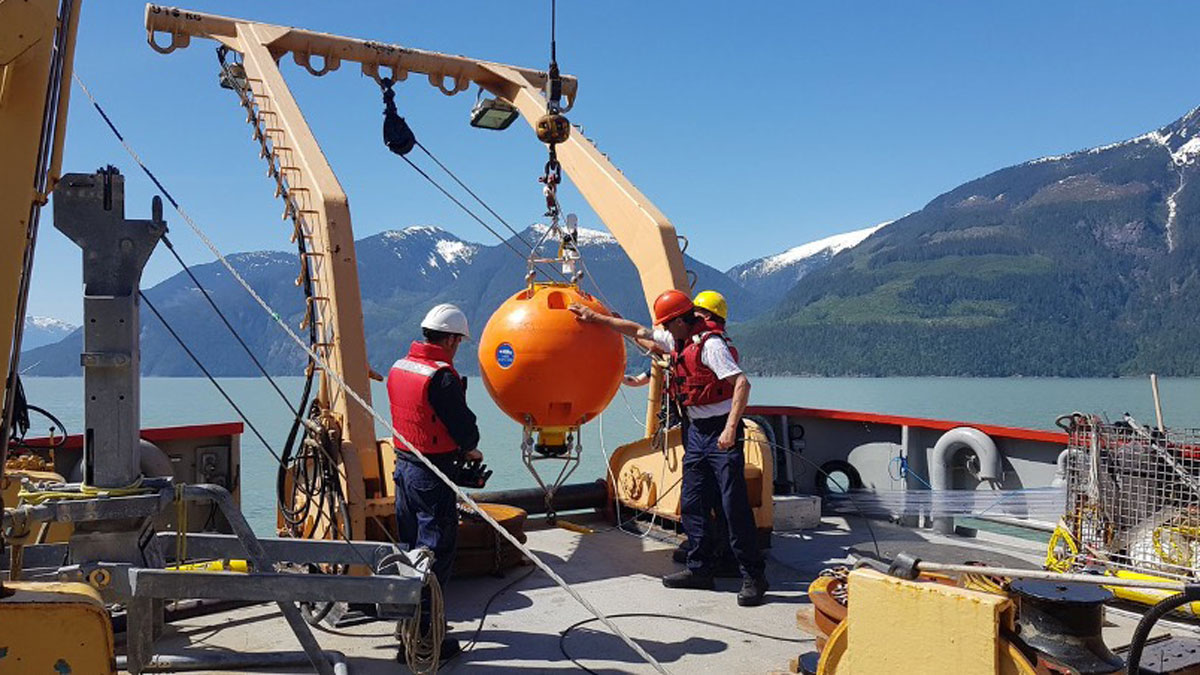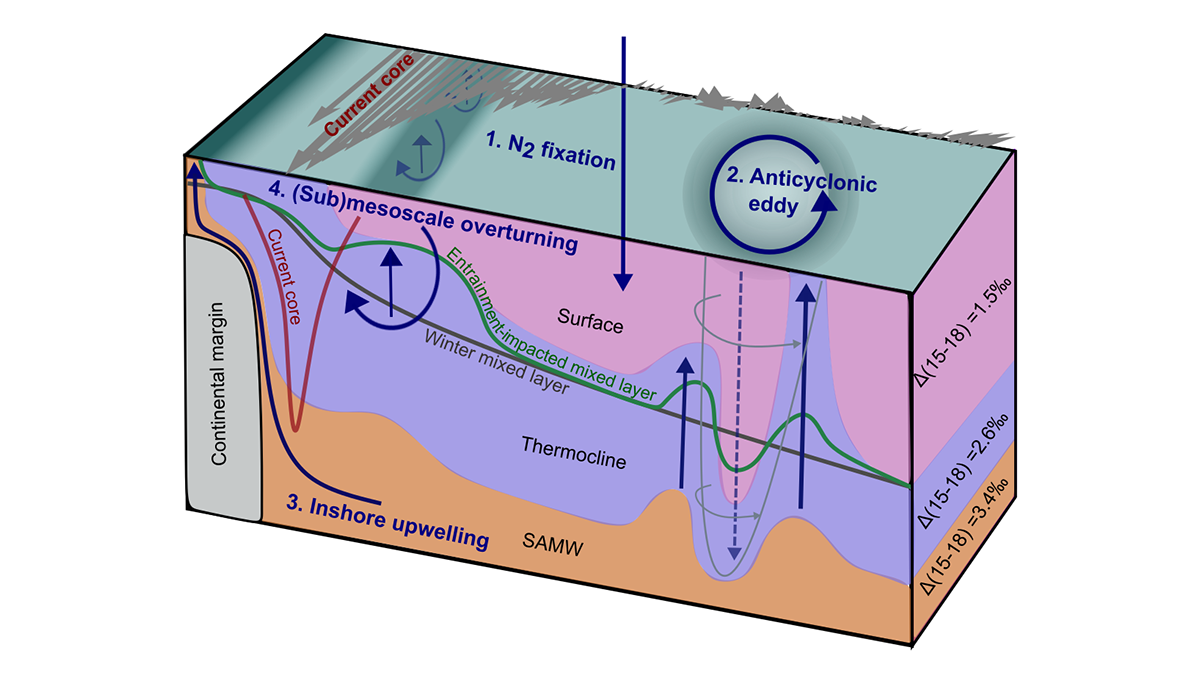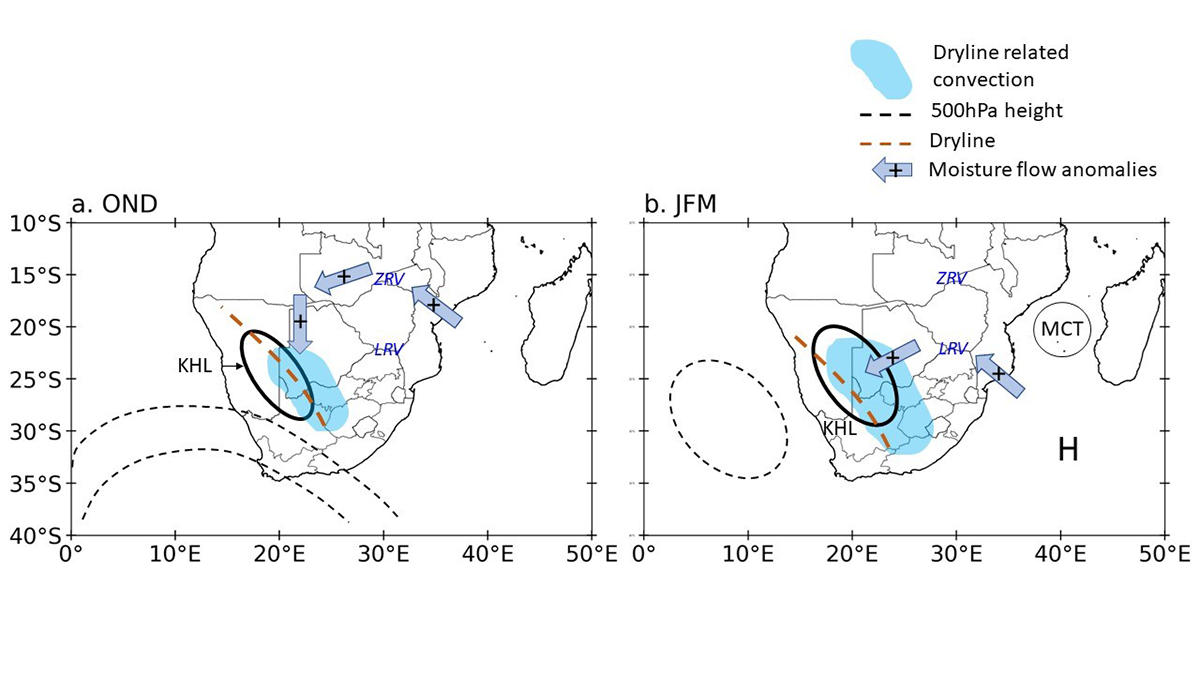As the ocean becomes increasingly inhospitable for corals, researchers in the Coral Triangle are turning to cryopreservation to freeze, thaw, and save the region’s hundreds of coral species.
Indian Ocean
Equatorial Deep Ocean Response to the Madden-Julian Oscillation
The changes in Madden-Julian Oscillation wind can trigger a response in the deep equatorial Pacific and Indian Ocean.
On the Origins of Subantarctic Mode Waters
A modeling study shows how warm subtropical waters and cold Antarctic waters combine to form an Indo-Pacific water mass that plays a key role in Earth’s climate.
Red Sea Corals Survived the Late Glacial Crisis
Research indicates that delicate deepwater corals tolerated or adapted to major climate and salinity fluxes, “yet today, it’s a complete massacre.”
A Seychelles Shoreline Resists the Rising Seas
The geomorphology of a protected atoll likely contributed to its ability to maintain its shoreline over a turbulent half-century.
Scientists Are “Gobsmacked” by the Variability of Seafloor Currents
The speed and direction of deep currents off Mozambique’s coast are more subject to change than scientists expected.
Coral Larvae Journey Far and Wide in the Western Indian Ocean
Researchers mapped coral reef connectivity across the Seychelles archipelago to inform conservation efforts in the face of climate change.
How Nutrients Get Back Up to the Surface Ocean
A new dual isotope tracer technique is used to assess the role of a number of poorly understood nutrient supply mechanisms fueling biological productivity in the ocean.
Dryline-Induced Thunderstorms Over the Southern Africa Plateau
Scientists present the first comprehensive study of dryline formation and associated thunderstorms over the southern African plateau from 2010 to 2021.
Barnacles Help Reconstruct Drift Path of Malaysia Airlines Flight MH370
Careful calibration of isotopes in a barnacle shell growing on ocean debris – in this case an airplane part – informs a new forensic method to identify its most probable drift path.


